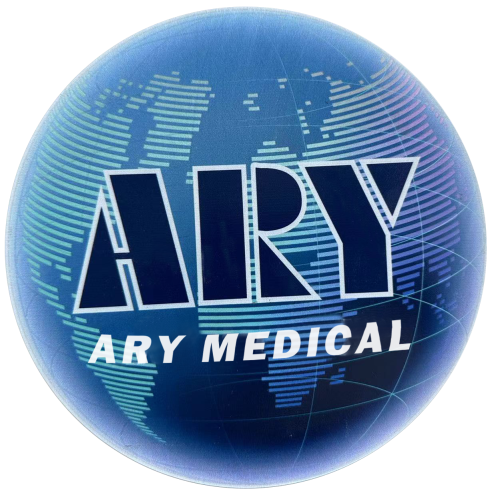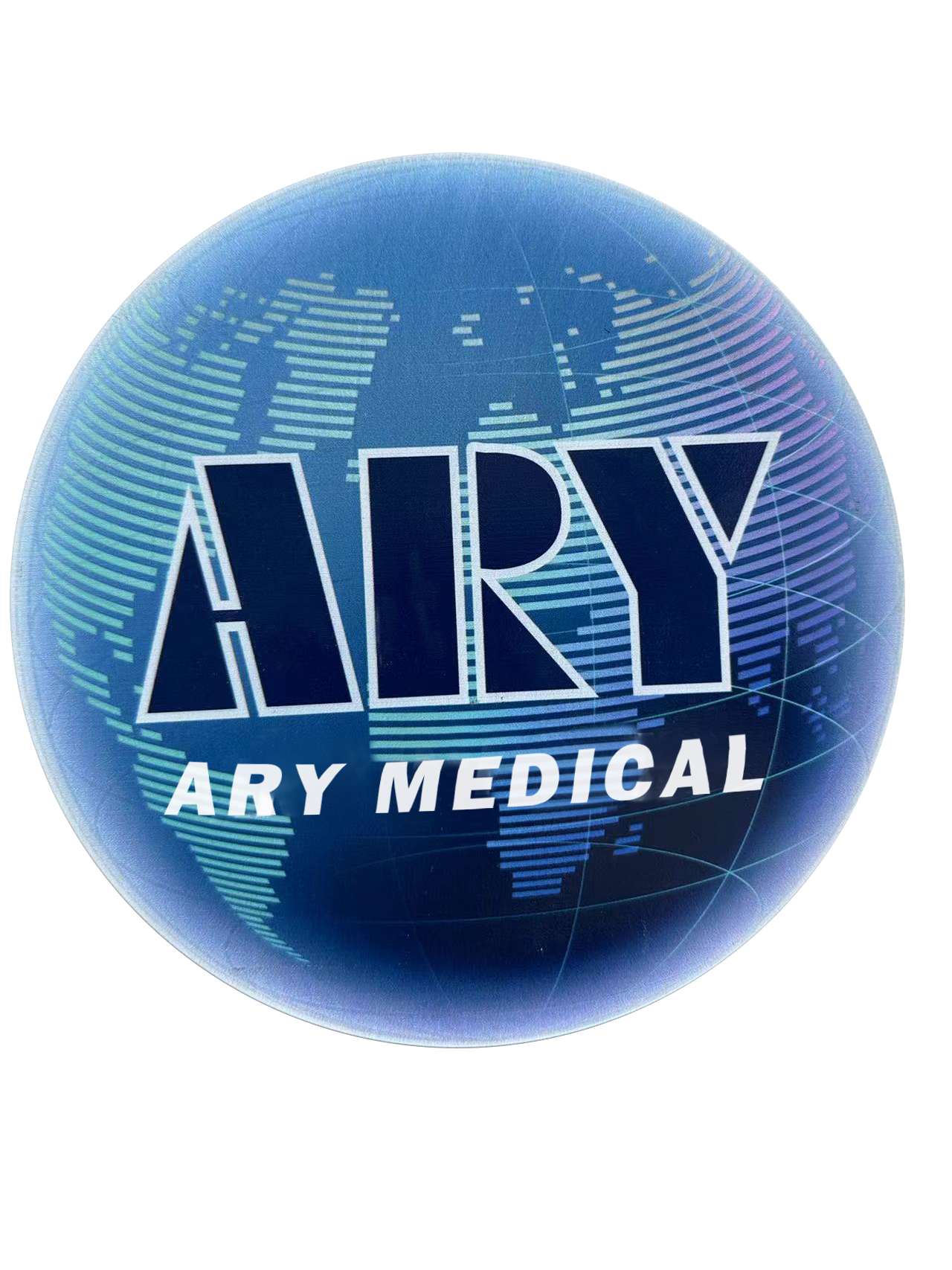.jpg)
Examination lights In the realm of modern medicine, every detail matters—none more so than the light guiding a doctor’s hands. Examination lights, though often overlooked due to their seemingly mundane presence, are the unsung heroes of accurate diagnoses and successful treatments. Their subtle integration into clinical settings often masks their critical contribution, yet their absence would make precision and clarity in medical care unattainable. Imagine a surgeon performing a delicate operation or a physician assessing subtle changes in skin tone—without the right lighting, the margin for error widens, and lives hang in the balance.
These precision-engineered tools illuminate more than just a patient; they uncover truth, clarity, and potential solutions to complex medical puzzles. With advancements in technology, examination lights have evolved from simple bulbs to sophisticated systems equipped with features like adjustable color temperatures, precision-focused beams, and shadow reduction technologies. These innovations mimic daylight with unparalleled accuracy, reduce glare, and enhance visibility, ensuring every critical detail comes to life during medical procedures. They provide healthcare professionals with tools that go beyond standard lighting, offering tailored solutions for specific medical environments.
If you’ve ever wondered how healthcare professionals achieve such remarkable accuracy, the answer might just be in the light they use. From initial assessments to life-saving surgeries, the essential role of examination lights cannot be overstated. For example, during a dermatological exam, the precise rendering of skin tones can reveal early signs of melanoma. In surgical settings, shadow-free illumination allows surgeons to navigate complex vascular networks with accuracy, directly impacting patient outcomes. Even in outpatient clinics and emergency rooms, examination lights play a vital role in ensuring patients receive the best care possible.
Understanding Examination Lights
.jpg)
What Are Examination Lights?
Examination lights are specialized medical devices designed to provide optimal illumination for various clinical tasks. Unlike standard lighting, these lights are engineered to meet the demanding needs of healthcare professionals, offering precise control over brightness, focus, and color rendering. Whether mounted on ceilings, walls, or designed as portable units, they cater to diverse medical environments, from operating rooms to outpatient clinics. Their adaptability ensures they can be used in a wide range of procedures, from minor check-ups to complex surgeries.
Key Features That Set Examination Lights Apart
- High Color Rendering Index (CRI): Ensures accurate color differentiation, vital for detecting abnormalities like rashes or discolorations. High CRI lights allow for clear identification of issues that might be missed under ordinary lighting.
- Adjustable Intensity: Allows clinicians to tailor lighting to specific procedures, minimizing eye strain and enhancing focus. The flexibility of adjustable brightness is crucial in preventing fatigue during long medical procedures.
- Shadow-Free Illumination: Eliminates obstructions caused by instruments or hands, ensuring consistent visibility. This feature is particularly valuable during intricate surgeries.
- Energy Efficiency: Modern LED-based lights consume less power and have longer lifespans compared to traditional halogen options. These energy-efficient systems are both environmentally friendly and cost-effective.
Types of Examination Lights
- Ceiling-Mounted Lights: Ideal for operating rooms, providing broad, stable coverage. These are essential in surgical lighting setups and allow for consistent brightness across large areas.
- Mobile Examination Lights: Portable and versatile, perfect for emergency situations or multi-room usage. These portable medical lights offer flexibility in diverse clinical scenarios, including temporary setups during crises.
- Head-Mounted Lights: Often used in dentistry and ENT procedures, offering hands-free precision for intricate tasks. Their lightweight design ensures comfort for extended use.
Each of these types serves a unique purpose, ensuring healthcare professionals have the right tools for every situation. Whether stationary or mobile, examination lights are an indispensable component of modern medical practice.
Importance of Examination Lights in Diagnosis
Enhancing Visual Clarity for Accurate Diagnoses
Proper lighting is crucial for identifying subtle physical changes, such as slight discoloration or the early stages of disease. Examination lights, with their high-intensity illumination and adjustable focus, enable medical professionals to detect conditions that might otherwise go unnoticed. For example, a high-CRI light can bring out details in skin tone that are critical for early detection of illnesses.
The Role of Color Rendering in Identifying Abnormalities
Color Rendering Index (CRI) plays a vital role in healthcare. A high CRI ensures that the colors perceived under the light closely match natural daylight. This is particularly important in dermatology and pathology, where accurate color representation is critical for diagnosis. Such healthcare illumination significantly enhances diagnostic accuracy and provides confidence in treatment decisions.
Preventing Diagnostic Errors
Inadequate lighting can lead to misdiagnoses or missed symptoms. Examination lights mitigate this risk by providing consistent and focused illumination, reducing shadows and enhancing visibility for better diagnostic accuracy. Features like shadowless lamps contribute to minimizing diagnostic errors. The integration of energy-efficient LED lights further ensures reliability during extended examinations.
Real-Life Scenarios of Diagnostic Success
From identifying irregular moles to detecting minute changes in tissue texture during biopsies, examination lights have been instrumental in countless diagnostic breakthroughs. Their reliability supports clinicians in making informed decisions, ultimately improving patient outcomes. The adaptability of mobile lights has even allowed for critical diagnostic evaluations in non-traditional medical settings, such as disaster response scenarios.
Examination Lights in Treatment Procedures
Supporting Precision in Surgical Operations
In surgery, precision is paramount. Examination lights provide focused, high-intensity lighting that eliminates shadows, enabling surgeons to work with unparalleled accuracy. Features like adjustable beams ensure the light is directed exactly where it’s needed, reducing the likelihood of errors during complex procedures. Surgical lighting systems with smart lighting presets are increasingly popular for such precision tasks.
Enhancing Minor Procedures and Outpatient Care
For minor treatments and outpatient procedures, portable and adjustable examination lights ensure optimal visibility in diverse clinical settings. From suturing wounds to administering injections, these lights help medical professionals deliver precise care efficiently. Their portability makes them invaluable in settings where fixed lighting may not be available.
Improving Patient Comfort During Procedures
Bright, harsh lighting can be intimidating for patients. Modern examination lights are designed to provide soft, yet effective illumination, creating a more comfortable environment while maintaining the necessary visibility for treatments. Patient comfort lighting systems integrate this balance seamlessly, helping to reduce stress and anxiety during medical care.
Specialized Use in Emergency Settings
In emergency rooms, where time is of the essence, mobile examination lights provide quick, reliable illumination. Their portability and ease of use ensure that critical care can be administered promptly, even in unconventional locations. Portable medical lights and advanced energy-efficient medical lights play a critical role in such scenarios. These tools have proven invaluable in disaster zones and field hospitals, where flexibility is key.
Advanced Technologies in Examination Lights
The LED Revolution
LED technology has transformed examination lighting. Compared to traditional halogen bulbs, LEDs offer better energy efficiency, lower heat emissions, and longer lifespans. This makes them ideal for extended medical procedures where consistent performance is critical. LED examination lights are now the standard in most healthcare facilities, combining superior performance with sustainability.
Smart Lighting Systems
Advanced examination lights now integrate smart technologies, including motion sensors, customizable lighting presets, and remote control features. These innovations enhance workflow efficiency, allowing healthcare professionals to adjust lighting without disrupting their procedures. Smart medical lighting is revolutionizing clinical settings and empowering doctors to focus solely on patient care.
Sterilization and Durability Features
Modern lights incorporate materials and designs that resist contamination, ensuring they meet strict hygiene standards. Antimicrobial coatings and seamless constructions reduce the risk of infections in sterile environments. These durable and sterilizable lighting systems are invaluable in medical-grade lighting solutions. Such innovations ensure that these lights remain reliable, even in the most demanding conditions.
Future Innovations
Emerging technologies, such as AI-driven lighting adjustments and augmented reality integration, promise to further revolutionize examination lights, making them more intuitive and versatile for future medical needs. These advancements underscore the importance of innovation in healthcare illumination. With features that adapt to specific procedures and environments, the future of medical lighting looks brighter than ever.
Conclusion
Examination lights are far more than mere fixtures in a clinical setting; they are vital instruments that bridge the gap between uncertainty and precision. By enhancing visibility, reducing diagnostic errors, and supporting intricate procedures, these tools ensure better outcomes for both patients and healthcare providers. As technology continues to evolve, the role of examination lights will only grow in significance, illuminating the path to more effective and compassionate medical care. The continued integration of smart systems, energy-efficient LEDs, and advanced durability features ensures that examination lights remain indispensable in the quest for medical excellence.
Frequently Asked Questions (FAQ)
What are examination lights used for?
Examination lights are used in medical settings to provide optimal illumination during diagnoses, treatments, and surgical procedures. They help healthcare professionals see details clearly, ensuring precision and reducing errors.
What makes LED examination lights better than traditional ones?
LED examination lights are energy-efficient, have a longer lifespan, emit less heat, and offer consistent, bright illumination. These features make them superior to traditional halogen lights.
Can examination lights reduce patient discomfort?
Yes, modern examination lights are designed to provide soft, glare-free illumination, which can create a more comfortable environment for patients during medical procedures.
Are mobile examination lights effective in emergencies?
Absolutely. Mobile examination lights are portable and versatile, making them highly effective in emergency situations where quick, reliable lighting is crucial.
What is CRI, and why is it important in examination lights?
CRI stands for Color Rendering Index. It measures how accurately a light source reveals the true colors of objects compared to natural daylight. High CRI is essential for accurate diagnoses in medical settings.
How do smart lighting systems improve medical workflows?
Smart lighting systems offer features like motion sensors, adjustable presets, and remote control, allowing healthcare professionals to focus on patients without manual lighting adjustments.
What future advancements can we expect in examination lights?
Future advancements may include AI-driven lighting adjustments, augmented reality integration, and more intuitive designs to enhance medical procedures further.

.jpg)
